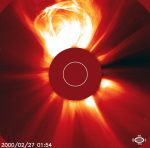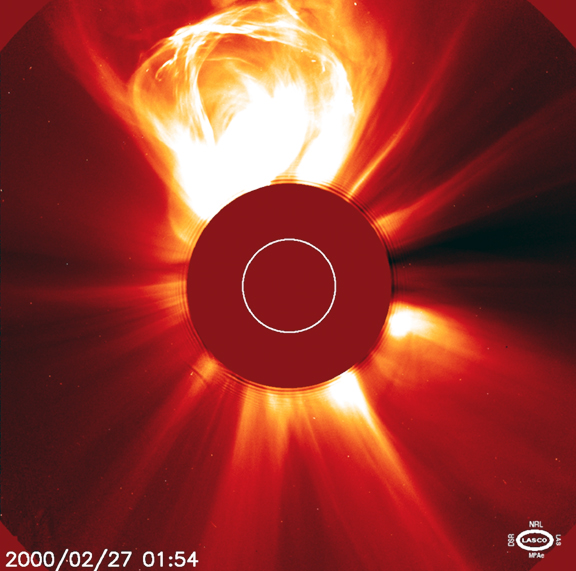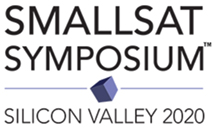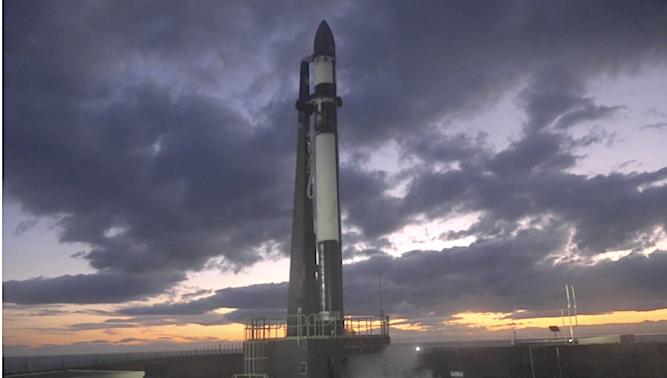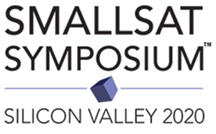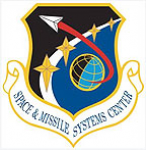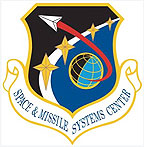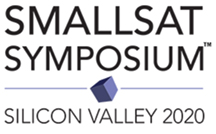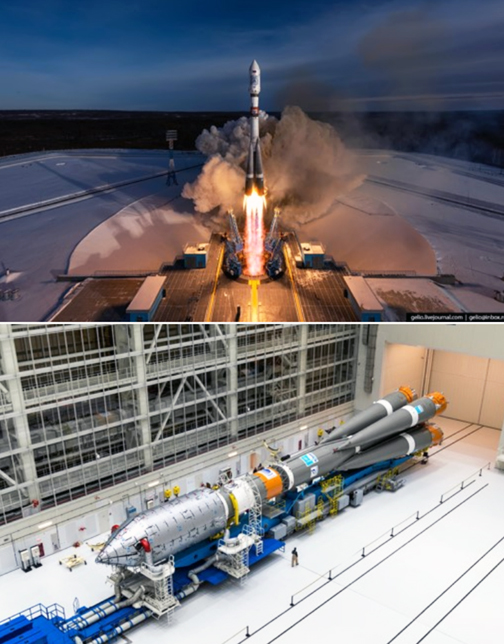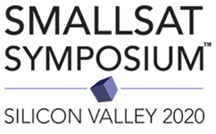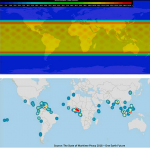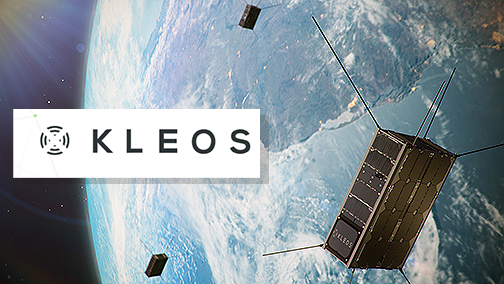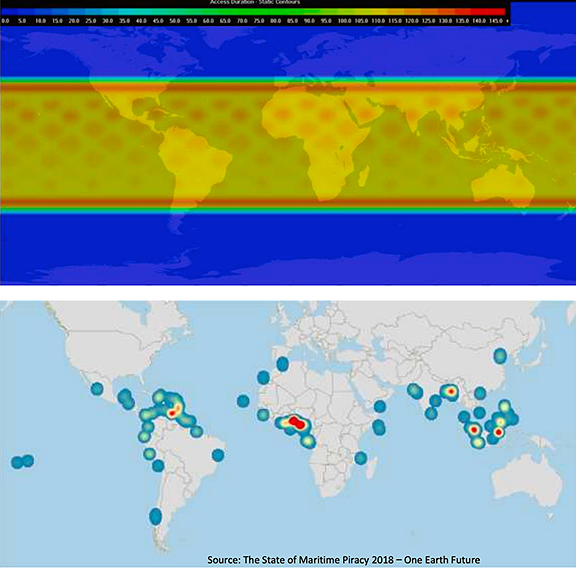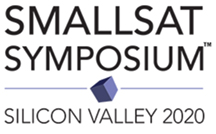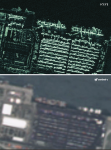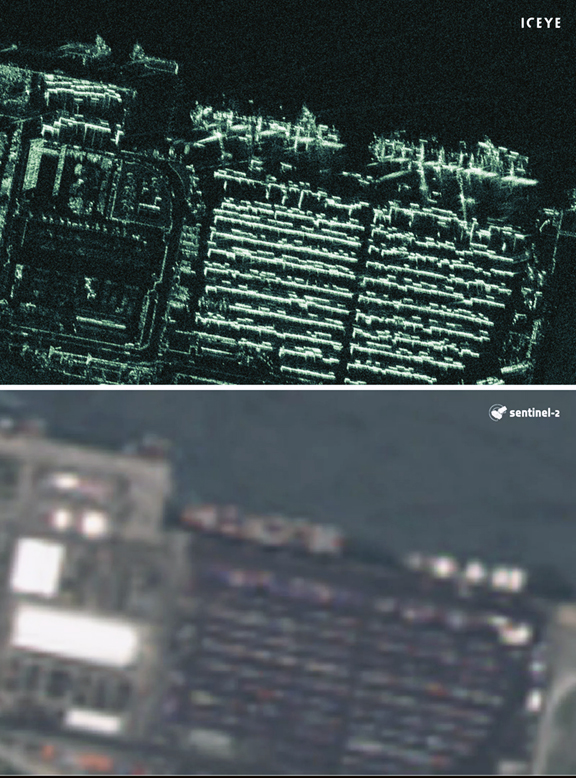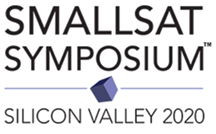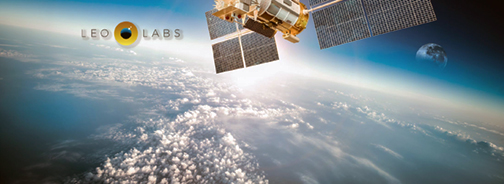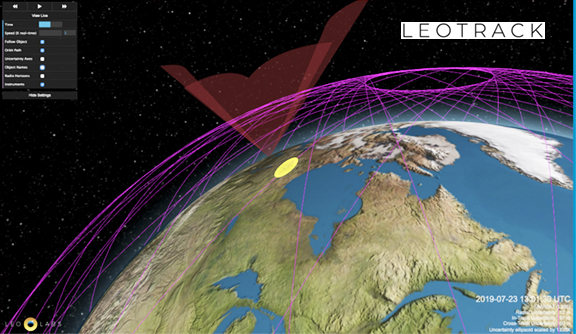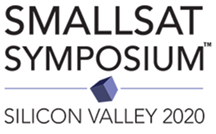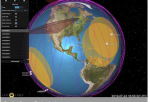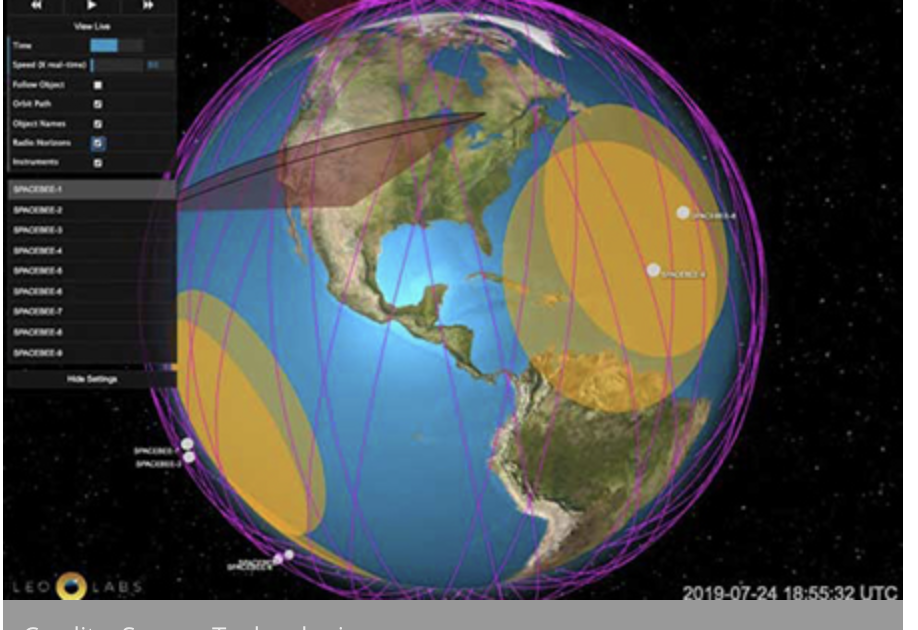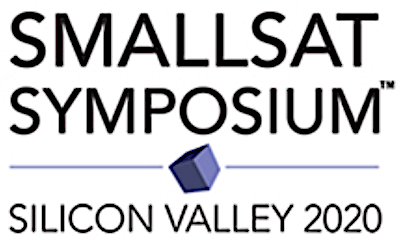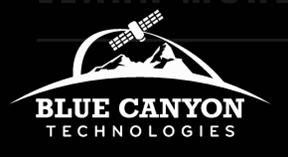

Viasat has selected Blue Canyon Technologies (BCT) to design and manufacture a cubesat for a U.S. Air Force test of a military communications terminal in LEO.
BCT announced plans on August 19 to build a 12-unit cubesat bus equipped with Viasat’s Link 16 terminal to be launched in 2020. U.S. military and NATO allies rely on Link 16, an encrypted radio frequency, to relay information in a line-of-sight from aircraft, ships and ground vehicles. If Link 16 terminals work on smallsats, they could relay military communications beyond a vehicle’s line-of-sight.
BCT, a rapidly growing satellite manufacturer in Boulder, Colorado, is building more than 60 spacecraft for government, commercial and academic customers. For the Link 16 mission, BCT will supply one of the firm’s XB1 spacecraft buses that comes equipped with subsystems including power, propulsion, flight control software, radio frequency communications, attitude control, and guidance, navigation and control.
BCT is currently building more than 60 spacecraft for government, commercial and academic missions. The company has doubled in size over the past 12 months and plans to open its new 80,000-square-foot headquarters and production facility in 2020.
In May, the U.S. Air Force Research Laboratory Space Vehicles directorate awarded Viasat a $10 million contract to test whether a Link 16 terminal on a small satellite could serve as a communications network relay, in a program called XVI. BCT declined to comment on the value of its Link 16 contract with Viasat.
George Stafford, BCT CEO and President, said the company is honored to participate in this important pilot project. To date, Link 16 technology has only been capable of line-of-sight communications. By demonstrating that Link 16 can operate in a space environment on small satellites, the U.S. military can gain beyond-line-of-sight tactical advantages on the battlefield and ultimately keep our troops safer.
Ken Peterman, Viasat Government Systems President, added that Viasat is thrilled to have Blue Canyon Technologies supporting the XVI program. This Link 16-capable LEO spacecraft will address the Department of Defense’s urgent need for a fast-to-market, cost-effective, space-based Link 16 solution to maintain the technological edge needed in contested environments.
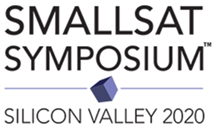
For all involved in the satellite and space industry and the various market segments that add value to these dynamic environments, the 2020 SmallSat Symposium is truly worth your consideration for attendance.
The SmallSat Symposium is hosted by Satnews Publishers which, since 1983, has been a provider of a satellite news, media and events. This information packed forum was created to enable you and your company to secure a larger portion of market share as well as to take part in the next stages of your company’s or organization’s growth.

The personal connections at the SmallSat Symposium enable attendees to network with established organizations, subject-matter experts as well as ‘New Space’ entrants.
The SmallSat Symposium will focus on new technologies and the business environment that is shaping the implementation of smallsat constellations, smallsat launchers, the challenges facing the smallsat developer and actors as well as the enormous benefits of these advanced technologies that will benefit our world.
This event assembles more than 100 diverse speakers, all of whom possess deep industry experience. Additionally, numerous opportunities exist to mingle and network with peers while enjoying exceptional, complimentary meals and refreshment breakfast.


